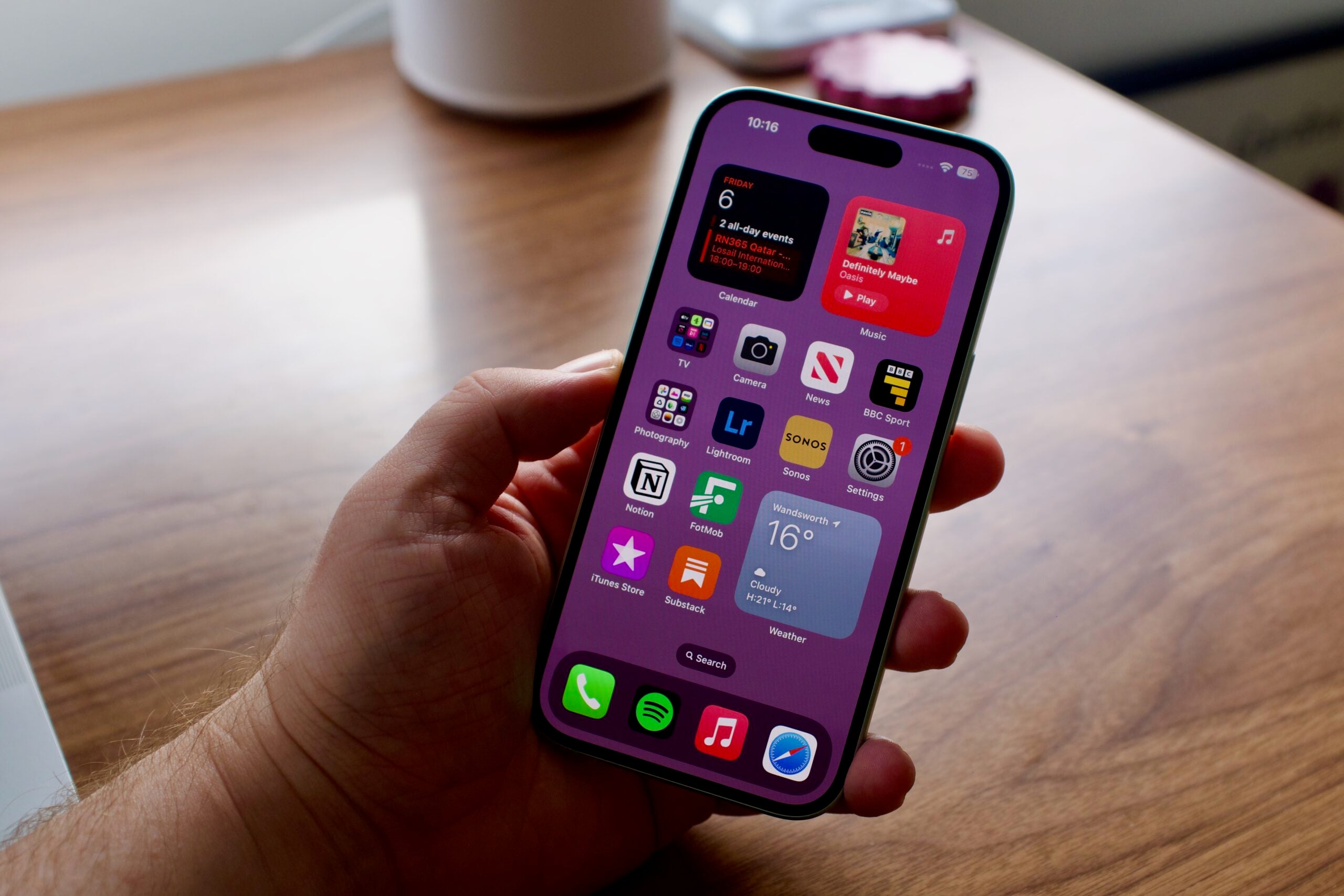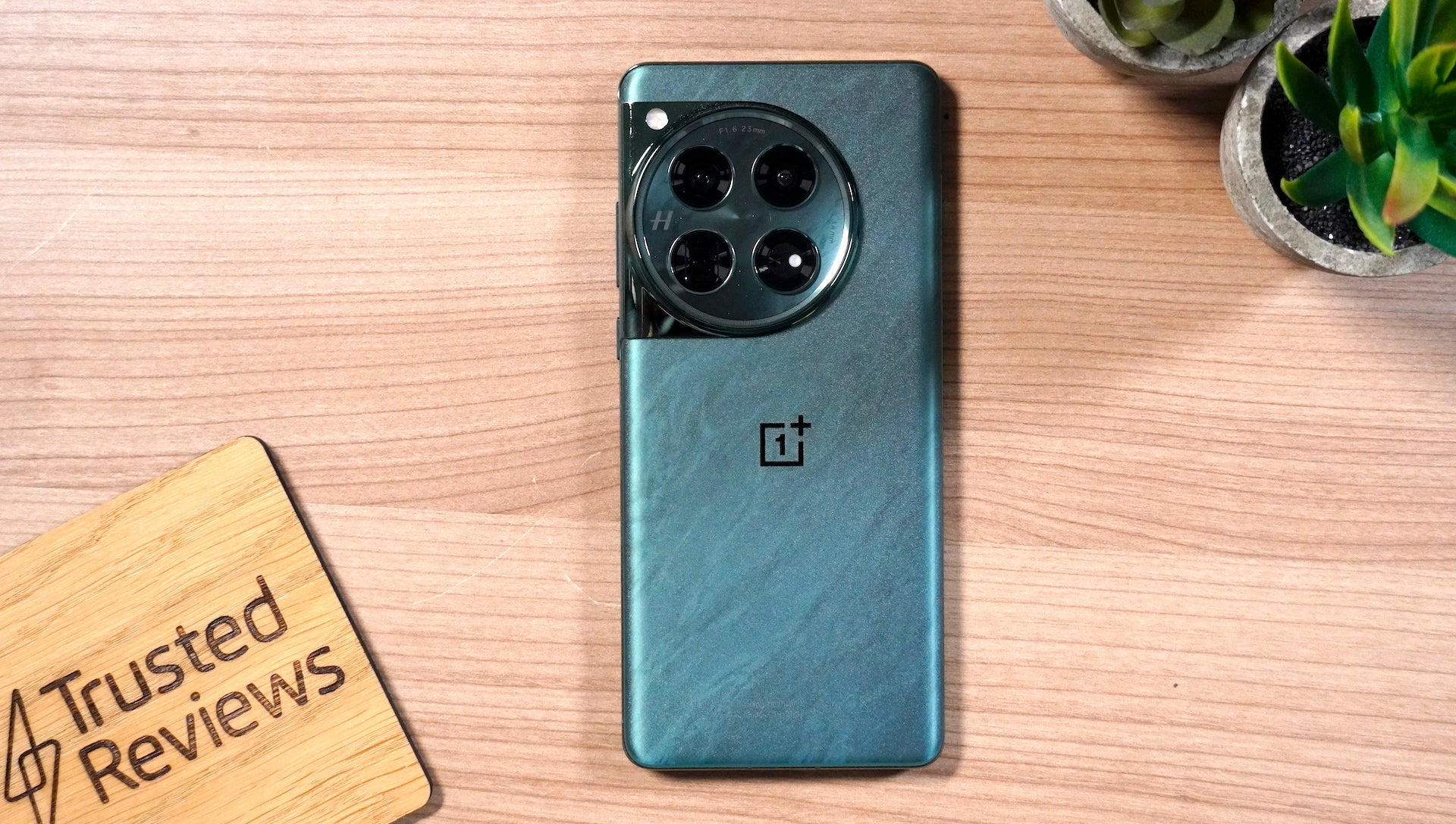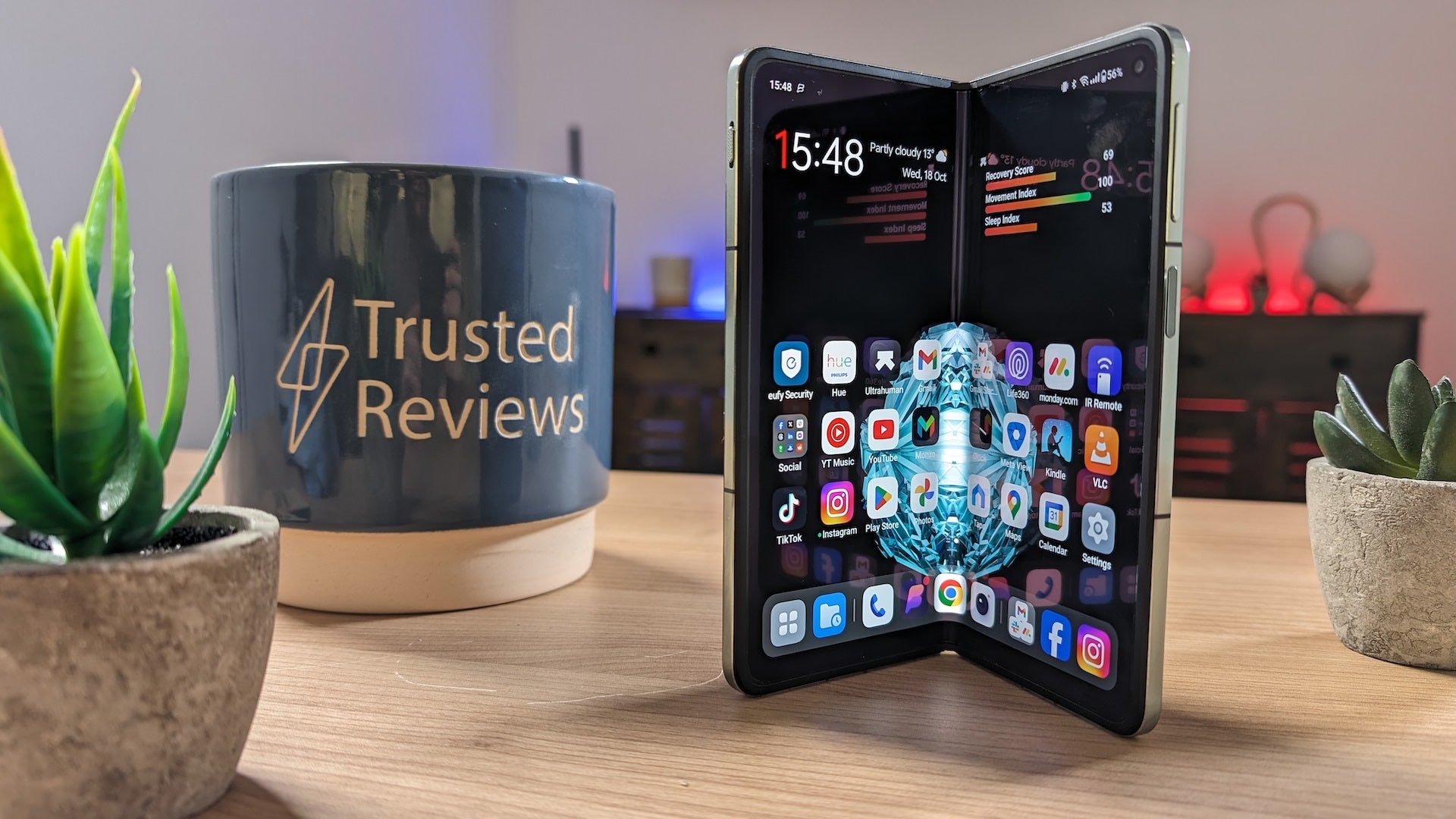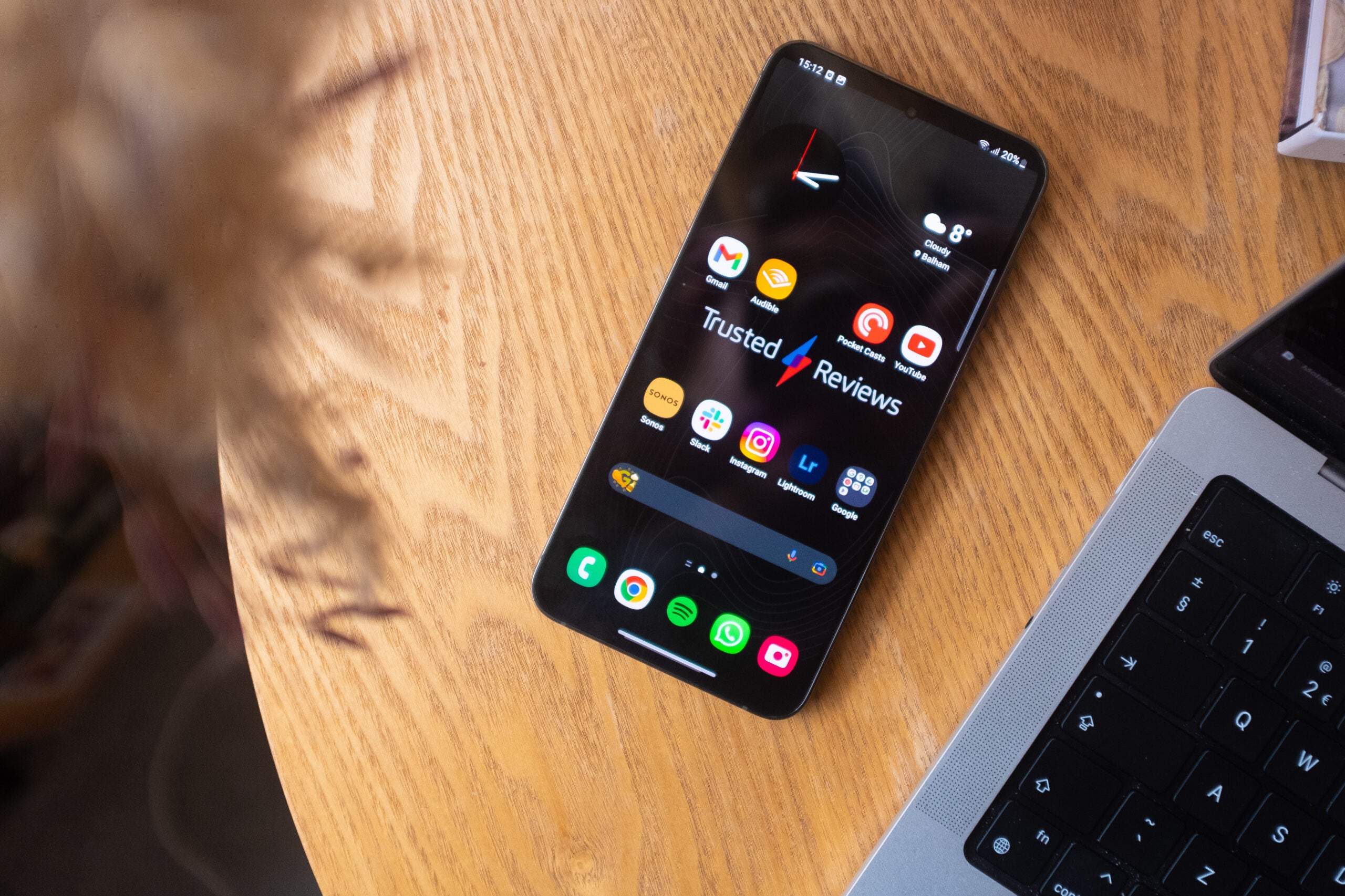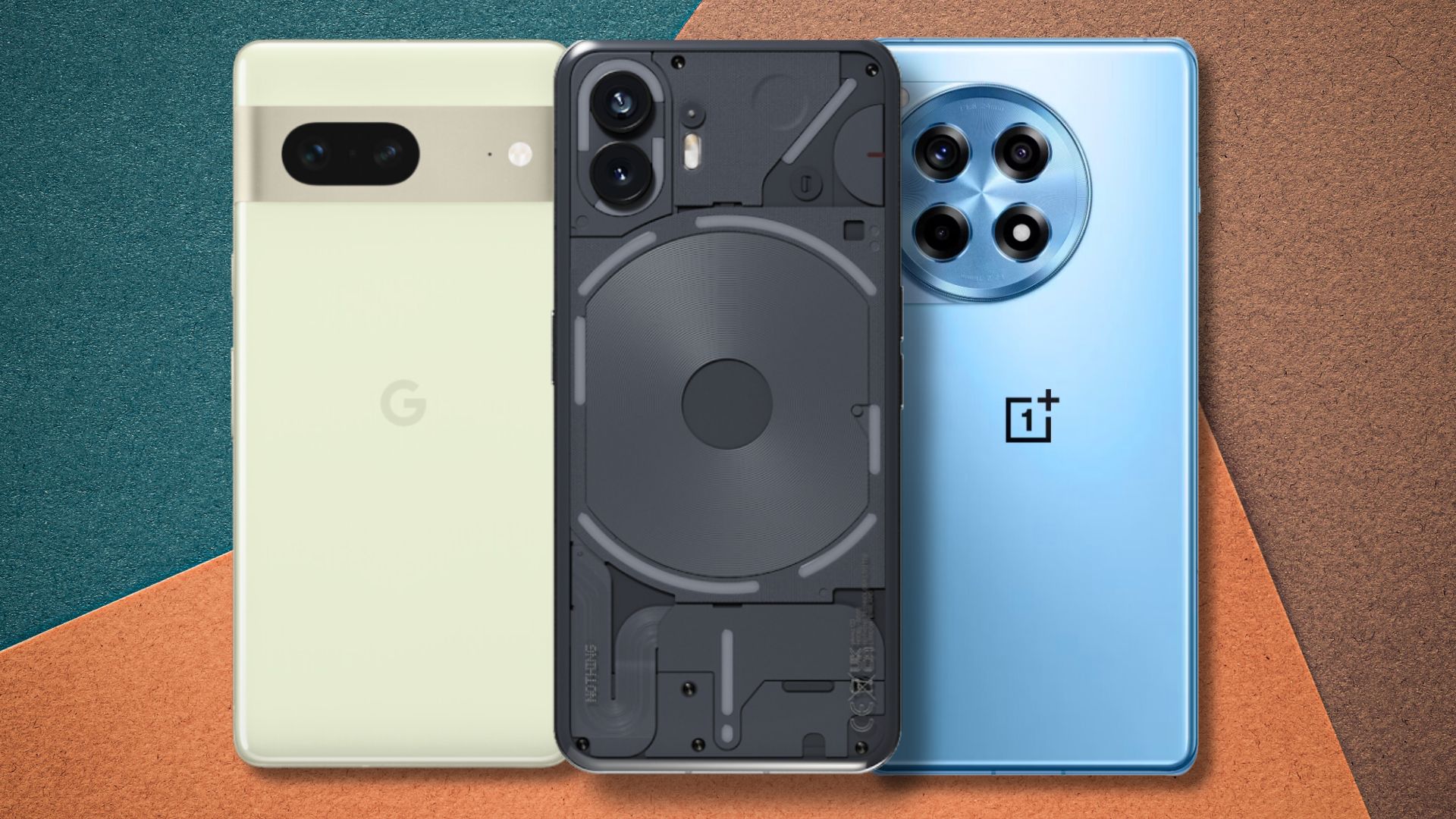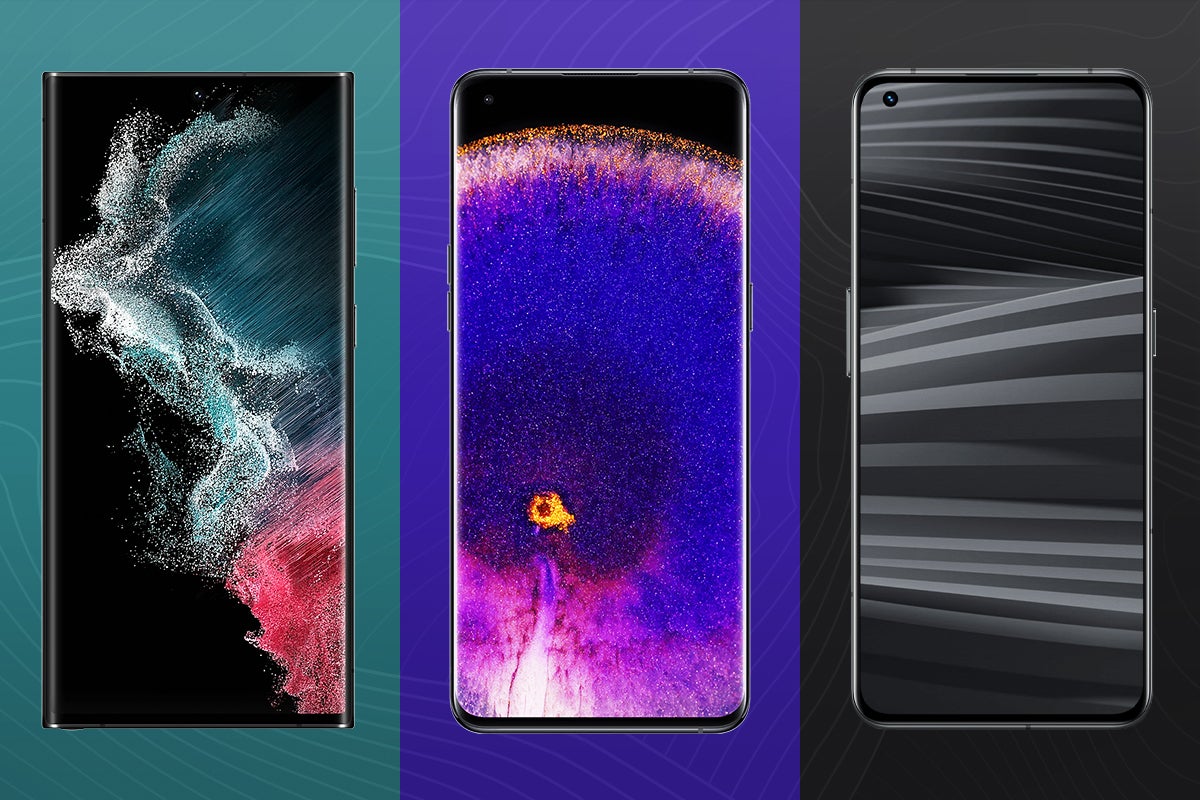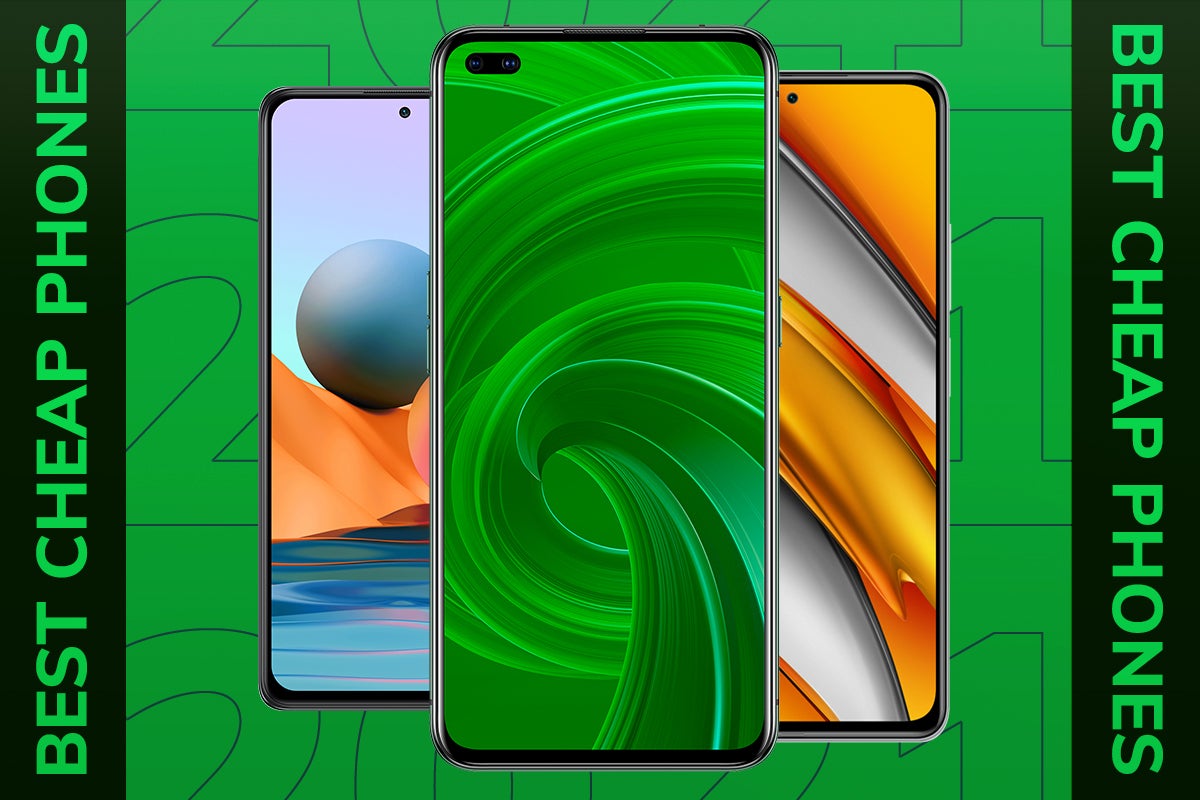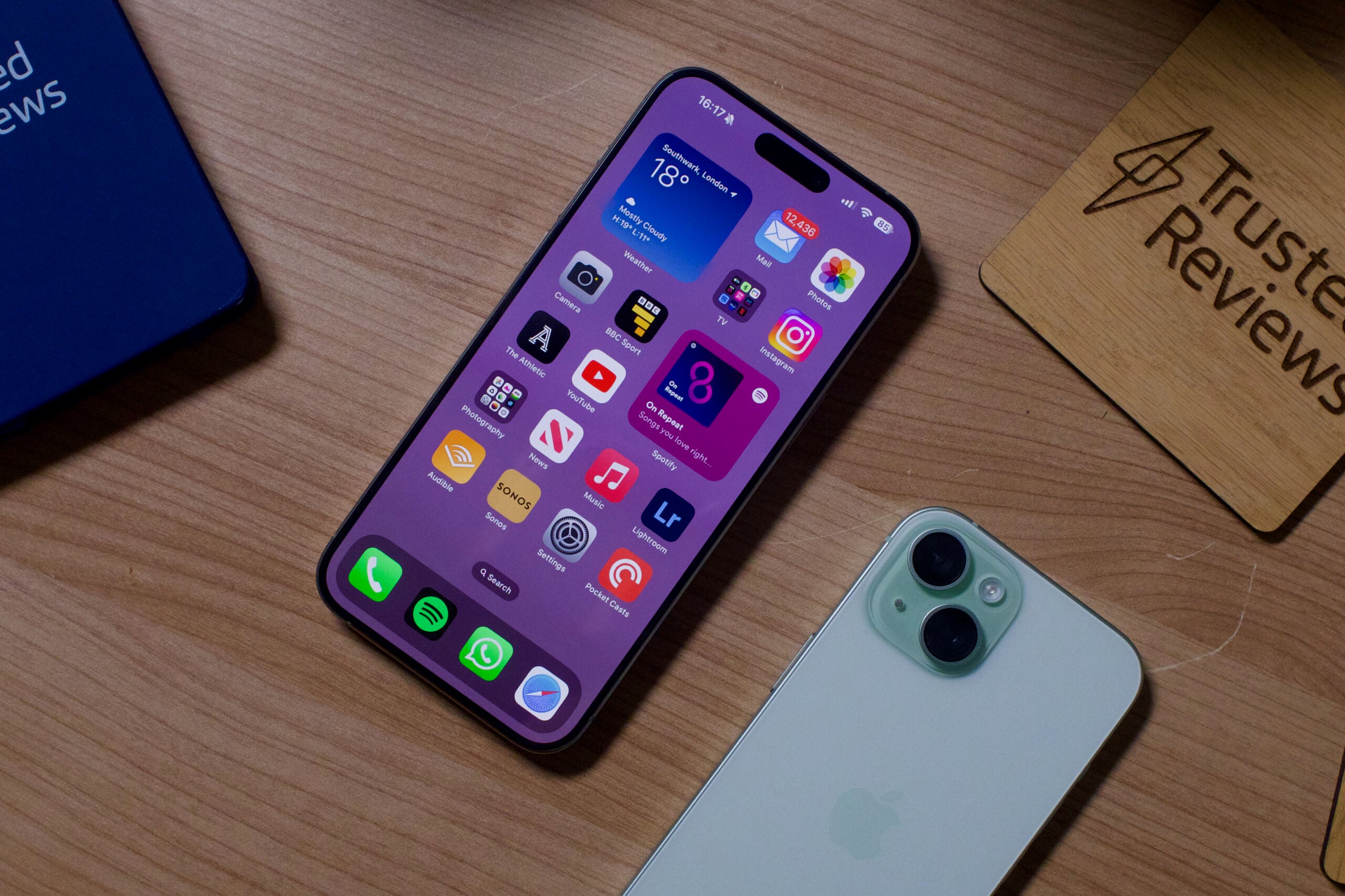Best camera phones 2024: Tested and reviewed
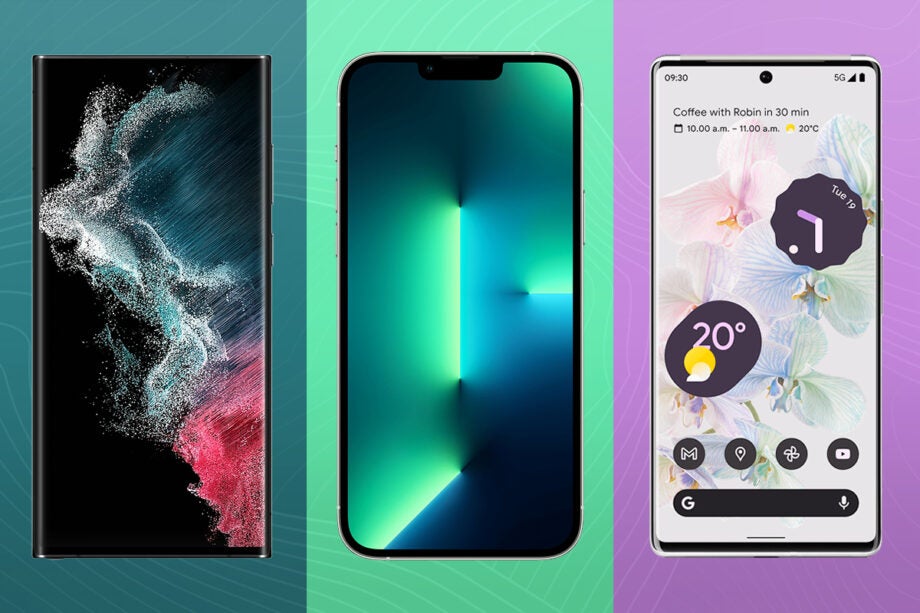
Looking for the perfect camera phone? You’re in luck! We’ve put together a guide featuring the best smartphones for capturing stunning photos and videos in 2024.
With so many options on the market, deciding which is best for your needs can be overwhelming. But fear not; we’ve tested a range of smartphones and compiled a list of our favourite picks to make your decision easier.
Whether you’re a social media influencer looking to capture the perfect TikTok or snap everyday moments with friends and family, your smartphone is perfect for the job. With your phone always within reach, it’s easy to quickly snap a photo whenever the opportunity arises. And with the countless editing apps available, you can edit and post your photos and videos without leaving your phone.
While camera phones can’t quite match the capabilities of high-end mirrorless or DSLR cameras, they’ve come a long way in recent years. Many modern smartphones now feature multiple sensors, including ultra-wide, telephoto, and macro lenses, allowing you to easily capture a wide range of shots.
Additionally, advanced camera software allows for features like portrait mode and night mode, making capturing stunning photos in any lighting situation easier than ever.
We at Trusted Reviews take our reviews seriously, examining every aspect of a smartphone, including design, display, specs, battery, and camera. We use each device as our main phone for at least a week, putting them through rigorous lab and real-world tests. We test the camera’s low-light capabilities, portrait mode, and video quality, ensuring we provide you with the most accurate and useful information possible.
So, if you’re in the market for a new camera phone, trust us to guide you towards the best options available.
Scroll down to see all our best camera phones right now, or head over to our best phones guide for a more general overview of the best mobiles on the market.
Best camera phones at a glance
- Best for video: iPhone 15 Pro Max – check price
- Best zoom: Samsung Galaxy S24 Ultra – check price
- Best for stills: Google Pixel 8 Pro – check price
- Best for low-light: Vivo X100 Pro – check price
- Best value: Google Pixel 7a – check price
- Best for pro shooting: Sony Xperia 1 V – check price
- Best variable aperture: Honor Magic 6 Pro – check price
How we test
We review a smartphone’s camera based on our experience with it, not a manufacturer’s claims or boasts. We shoot sample images and video in varying conditions to properly test its skills and we include sample images in our review wherever possible.
If a smartphone has a specific camera setting – a night mode, for example – we’ll test it thoroughly, while always comparing it to what else is on the market.
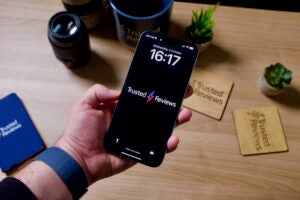 Best for video
Best for video
- It has USB-C (finally)
- 5x zoom is welcome
- Much comfier to hold and use; so much lighter
- The Action Button is welcome – but it could do more
- No 128GB option means higher price
 Best zoom
Best zoom
- Genuinely useful AI features
- Versatile camera setup
- All-day battery life and then some
- Seven years of OS upgrades
- Very expensive
- Average ultrawide camera
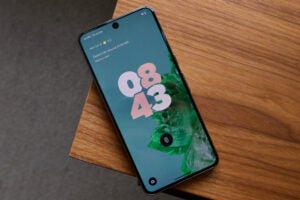 Best for stills
Best for stills
- The bright, flat screen is stunning
- Often incredible camera performance across all sensors and lenses
- AI features offer unique software tricks
- 7 years of updates
- Uncomfortable to hold
- Temperature sensor is pointless
- Performance not as strong as similarly priced phones
- Notable price increase over 7 Pro
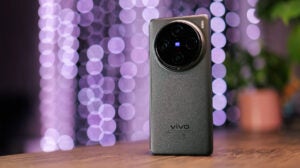 Best for low-light
Best for low-light
- Impressive main camera with 1-inch sensor
- Brilliant 4.3x telephoto lens
- Speedy performance
- Blazing fast charging speeds
- The gigantic camera bump will be off-putting for some
- Selfie camera is unexceptional
- Not available in the UK or US
- FunTouch OS isn’t the most exciting skin
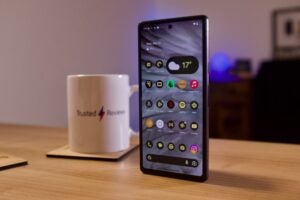 Best value
Best value
- Excellent camera for the price
- Plenty of upgrades over the Pixel 6a
- Smart software
- Some nice colour options
- Middling battery life
- Achingly slow charging
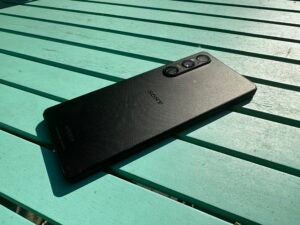 Best for pro shooting
Best for pro shooting
- Speedy performance with top-notch internals
- Brilliant sound with a dedicated headphone jack
- Superb stamina with multi-day battery life
- It’s as expensive as non-folding phones get
- Bloatware is insulting in a phone this expensive
- Textured glass back feels a lot like plastic
 Best for variable aperture
Best for variable aperture
- Premium, eye-catching design
- Brightest display around at 5000nits
- Impressive camera performance from all lenses
- Snapdragon-powered performance
- MagicOS 8 is basically an iOS dupe
- MagicPortal is pretty barebones at the moment
- No charger in the box
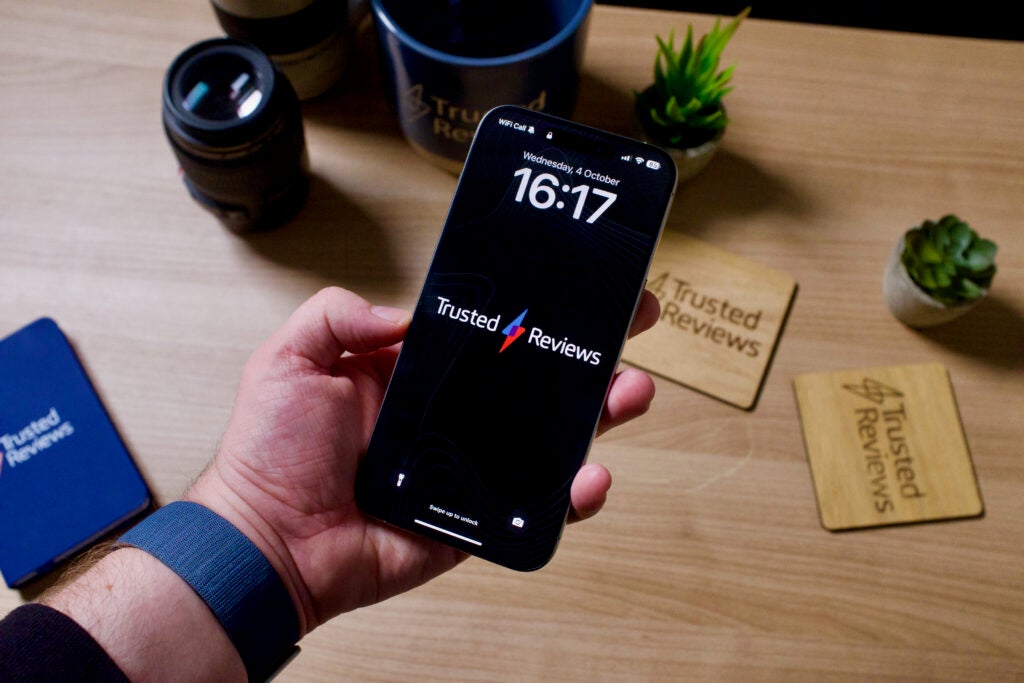
Apple iPhone 15 Pro Max
The best for video
Pros
- It has USB-C (finally)
- 5x zoom is welcome
- Much comfier to hold and use; so much lighter
Cons
- The Action Button is welcome – but it could do more
- No 128GB option means higher price
Taking over the award from the iPhone 14 Pro, the iPhone 15 Pro Max is the best camera phone we’ve tested – however with the Samsung Galaxy S24 Ultra on the horizon this could change.
Apple’s latest flagship is reliable in all conditions, captures the best video out of any other phone on this list, and boasts three distinct cameras for versatility, with each capturing different focal lengths.
The zoom skills on the Galaxy S23 Ultra still have the iPhone 15 Pro Max, though the zooming skills here are a notable improvement over the outgoing 14 Pro. You don’t get the full 5x zoom on the iPhone 15 Pro, with this reserved for the Max model.
The iPhone 14 Pro makes some drastic changes to the formula we had been familiar with for several years and the iPhone 14 Pro Max continues the trend. There’s a 48MP main wide camera that bins down images to 24MP, rather than 12MP on the 14 Pro series. You can shoot 48MP shots if you want, but this is a separate mode.
When compared to many of the other phones on this list, the shots from the iPhone are a little more realistic and skin tones feel more natural. There’s a dedicated Night Mode for shooting in darker surroundings, and the effects are great, with plenty of detail retained and dark spots kept mostly free of noise.
The excellent results continue when we look at video capture. While it still doesn’t shoot video in the same 8K resolution as the S23 or S24 Ultra, the 4K capture we recorded was well-stabilised without looking fake, and packed the same great colour reproduction as the photos. The Cinematic Mode still supports 4K, and Action Mode for upping the stabilisation.
On top of the camera itself, you’ll also be treated to good battery life, a gorgeous display, well-built titanium body and USB-C – a feature that allows you to plug in SSDs for higher-quality shooting.
Reviewer: Max Parker
Full review: iPhone 15 Pro Max review

Samsung Galaxy S24 Ultra
Best for zooming
Pros
- Genuinely useful AI features
- Versatile camera setup
- All-day battery life and then some
- Seven years of OS upgrades
Cons
- Very expensive
- Average ultrawide camera
While all the cameras of Samsung’s top-end Galaxy S24 Ultra are of note, its zooming prowess remains unmatched by the competition – even without a dedicated 10x periscope like last year’s flagship.
Instead, the S24 Ultra comes with a new high-res 50MP 5x periscope lens that both delivers similar results at the 10x level as well as massively boosting quality between the 5-10x mark, a job previously handled by the fixed 10MP 3x telephoto lens. Regardless of the level of zoom you opt for, the phone manages to capture plenty more detail than the digital zoom from the likes of the iPhone 15 Pro Max and Google Pixel 8 Pro, making it a pretty versatile snapper.
There’s also Samsung’s famed 100x space zoom that’s particularly well suited to taking photos of the moon – though admittedly not much else – and a rather standard 12MP ultrawide lens.
The primary 200MP camera remains unchanged compared to the S23 Ultra, but considering the top-end performance on offer, that’s not a huge complaint. Using 16-in-1 pixel binning tech, the phone captures vibrant, detailed shots in both well-lit and low-light environments. It’s almost effortless to capture stunning images with the main sensor.
It’s not just hardware either; the camera app comes with a range of shooting modes including an Expert RAW mode that allows you to capture RAW images at up to 50MP and take long-exposure shots of the night sky. It also takes advantage of new GenAI-powered editing features, allowing you to remove elements of photos, move them around and more, and you can record in up to 8K@30fps too.
Reviewer: Lewis Painter
Full review: Samsung Galaxy S24 Ultra review
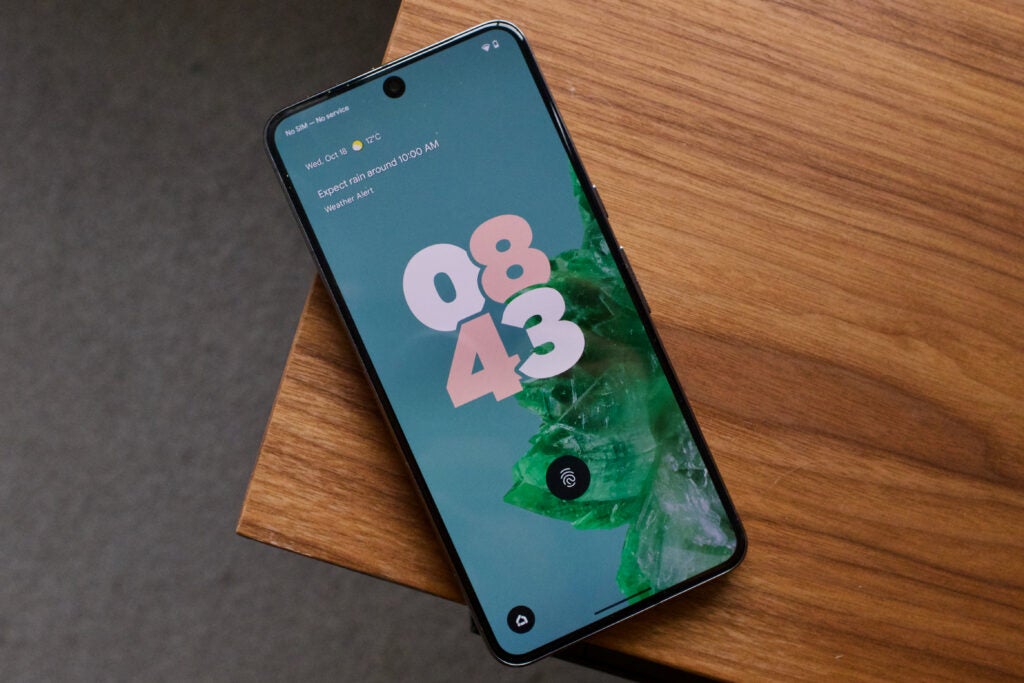
Google Pixel 8 Pro
Best for stills
Pros
- The bright, flat screen is stunning
- Often incredible camera performance across all sensors and lenses
- AI features offer unique software tricks
- 7 years of updates
Cons
- Uncomfortable to hold
- Temperature sensor is pointless
- Performance not as strong as similarly priced phones
- Notable price increase over 7 Pro
If you’re purely wanting a phone camera for stills photography we think the Pixel 8 Pro is the one to go for, just like the Pixel 7 Pro before it – and the Pixel 6 Pro before that.
The way Google’s processing utilises HDR to level out contrast and exposure is fantastic, ensuring photos taken on sunny days are unmatched in the mobile space. We’ve taken thousands of snaps on the Pixel 8 Pro and very rarely get a dud.
Google’s Night Mode remains strong – though not the quickest to capture – and does a great job at producing bright and detailed images in low light.
The zoom skills of this phone are better than the iPhone 15 Pro, but can’t compare to the S23 Ultra or the more recent S24 Ultra. Google’s software can only get you so far, and the better zoom hardware on the Samsung just produces clearer images. It’s a similar story too for the ultrawide, which produces adequate images that sit somewhere in the middle in terms of quality.
The Pixel 8 Pro also impressed our reviewer with its numerous camera tricks. There’s a load of AI features included, like the ability to generate new backgrounds on shots and remove unwanted guests.
Reviewer: Max Parker
Full review: Pixel 8 Pro review
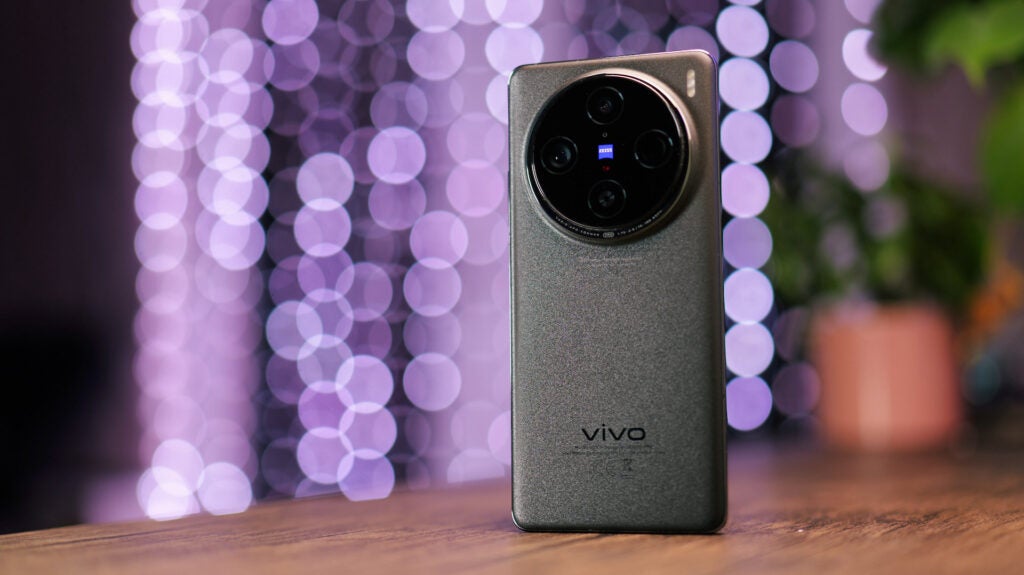
Vivo X100 Pro
Best for low-light photography
Pros
- Impressive main camera with 1-inch sensor
- Brilliant 4.3x telephoto lens
- Speedy performance
- Blazing fast charging speeds
Cons
- The gigantic camera bump will be off-putting for some
- Selfie camera is unexceptional
- Not available in the UK or US
- FunTouch OS isn’t the most exciting skin
The Vivo X90 Pro was our previous low-light champion, and the X100 Pro once again comes out on top. There are only a smattering of modest changes, yet this remains one of the very best camera phones you can buy.
The same main sensor sits on the back, with a 23mm equivalent focal length and an f/1.75 aperture. Vivo has said the glass coating has been improved, reducing the reflectivity on shots. There are big upgrades to the secondary cameras though. The ultrawide has been bumped to 50MP from 12MP and there’s a new 50MP 100mm telephoto.
At night, the main camera outperforms the other lenses, thanks to its massive 1-inch sensor, but using night mode the auxiliary cameras hold their own. There just isn’t another phone we’ve tested that pumps out night shots as consistently good as this.
Our reviewer was impressed with the stability of the telephoto camera in various scenarios and claimed that whatever “wizardry Vivo has achieved with its floating periscope design works wonders”.
Elsewhere, key specs including a 32MP selfie camera, top-end Dimensity 9300 chipset, 5400mAh battery with 100W fast charging tech and a pixel-packed 6.78-inch AMOLED display make for a tempting flagship smartphone.
Reviewer: Luke Baker
Full Review: Vivo X100 Pro review
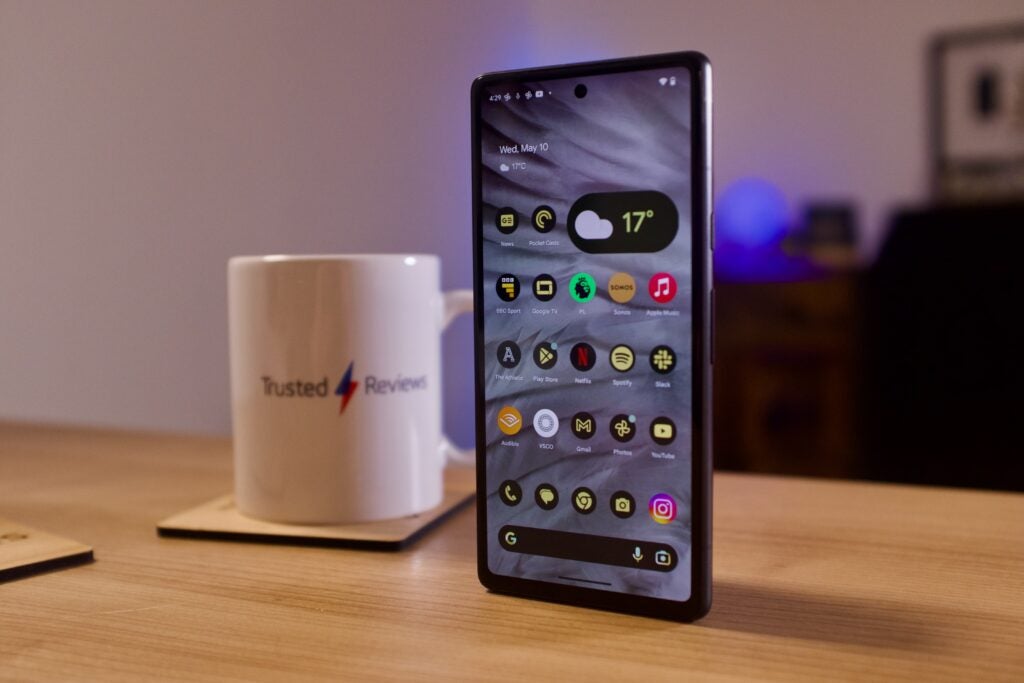
Google Pixel 7a
The best value camera phone
Pros
- Excellent camera for the price
- Plenty of upgrades over the Pixel 6a
- Smart software
- Some nice colour options
Cons
- Middling battery life
- Achingly slow charging
Google’s Pixel line has consistently impressed us with its camera performance since we reviewed the first generation Pixel all the way back in 2016, and it’s not just the flagship phones. The much more affordable A-series has produced some of the best value camera phones in recent years and the Pixel 7a lives up to its predecessors.
The phone features a much better primary camera than the 6a, with a far larger 64MP sensor. It’s powered by the same Google-made Tensor chip, which lets it offer a few Pixel-specific features including Magic Eraser, which enables you to use the AI smarts to remove unwanted photobombers and elements from your photo in the main camera app.
Night photos shot using the excellent Night Sight mode retain excellent contrast and remain noise-free, while the speed at which photos are captured is much faster than on the Pixel 6a. Regular photos look realistic, featuring neutral, accurate colours and remain blissfully free of oversharpening we experience on other phones at this price. This earns it a place in this list as our recommended camera phone for buyers looking for the best value option.
Next to the primary camera there’s a very capable 12MP ultrawide that matches colours well with the main camera and there’s a 13MP selfie camera around the front in a small cutout.
Video maxes out at 4K 60fps and once again our reviewer was impressed, noting how the pleasing colours from the photo capture transferred across to video too.
Our reviewer wasn’t just impressed with the phone’s camera skills but with other areas too. There’s a nice 90Hz display, pleasingly small dimensions and wireless charging.
Reviewer: Max Parker
Full review: Google Pixel 7a review
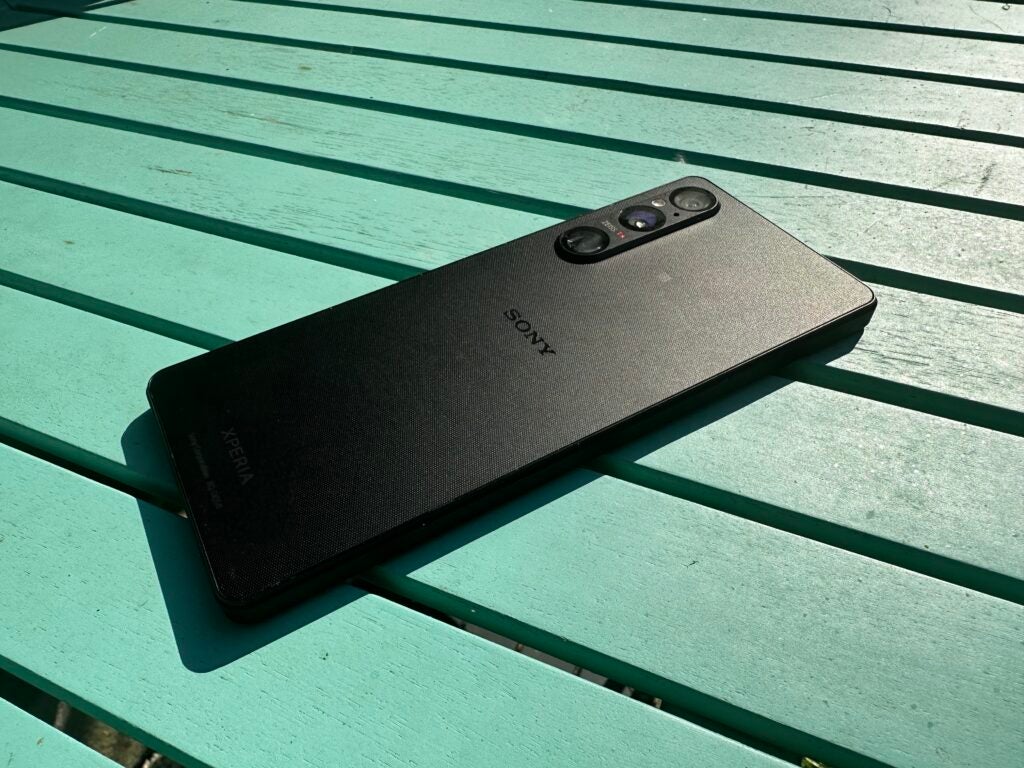
Sony Xperia 1 V
Best for pro shooting
Pros
- Speedy performance with top-notch internals
- Brilliant sound with a dedicated headphone jack
- Superb stamina with multi-day battery life
Cons
- It’s as expensive as non-folding phones get
- Bloatware is insulting in a phone this expensive
- Textured glass back feels a lot like plastic
It wouldn’t be a camera phone chart without an Xperia present, and our top pick of the 2024 bunch is the top-end Sony Xperia 1 V.
Rather than packing in the most pixel-packed sensor or the largest sensor around, Sony has taken a different approach with its Xperia 1 V rear camera offering. The main 52MP Exmor T sensor has a unique two-layer transistor within the CMOS that allows for a big improvement to low-light capabilities while still retaining a fairly slimline camera bump.
That’s flanked by a 12MP ultrawide and a 12MP telephoto lens with an impressive 5.2x optical zoom – ideal for close-ups and portrait photography.
Our reviewer was impressed with the quality of the main lens both in well-lit and low-light environments, with decent colour and detail on offer – and that’s from the standard Android camera app.
And this is where the Xperia 1 V comes into its own; as well as the standard Camera app we all know and love, Sony ships a plethora of pro-level apps focused on photo, video and even audio capture. The pro apps allow for much more granular control over photo and video capture than any other smartphone around right now, with a layout that mimics Sony’s DSLR and video offering for added familiarity for existing fans.
Yes, some of these capture settings can be provided by third-party apps, but it saves you hunting through paid (or ad-filled) camera apps on Google Play.
Camera chops aside, the Xperia 1 V is very much a top-end Sony smartphone with its blocky, angular design, a 4K display and Snapdragon 8 Gen 2 performance. It’s also pretty solid on the battery front. The catch? All that tech comes at a cost, with the Xperia 1 V starting at £1,299/$1,399, making it one of the most expensive phones around right now.
Reviewer: Alan Martin
Full review: Sony Xperia 1 V review

Honor Magic 6 Pro
Best for variable aperture
Pros
- Premium, eye-catching design
- Brightest display around at 5000nits
- Impressive camera performance from all lenses
- Snapdragon-powered performance
Cons
- MagicOS 8 is basically an iOS dupe
- MagicPortal is pretty barebones at the moment
- No charger in the box
With a trio of rear-facing cameras including a 50MP main lens, a massive 180MP 2.5x periscope lens and a 50MP ultrawide, plus a mighty 50MP front-facing camera, the Honor Magic 6 Pro truly stands out as an impressive camera phone.
The cameras feature particularly high-end tech which makes shots even more impressive, especially with the variable aperture technology. Starting with the main 50MP sensor, the variable aperture allows the sensor to switch between f/1.4 and f/2.0, depending on what’s being photographed, resulting in close-ups boasting a DSLR-like quality.
This wider aperture also means the main camera excels in low-light conditions, as we found captured night-time scenes were handled well with very little noise, and a good amount of detail to boot.
It’s not just the main lens that shines however. The impressively pixel-packed 180MP 2.5x periscope lens also features a wide f/2.6 aperture alongside a 1/1.49-inch periscope sensor. This combination allows for higher-quality shots with boosted detail and light, from 2.5x up to 10x and beyond, matching the mammoth 100x zoom of the Samsung Galaxy S24 Ultra. In fact we found that the Honor Magic 6 Pro offers way more true-to-life colour tuning than the more pricey Galaxy S24 Ultra.
Rounding out the trio of lenses is the 50MP ultrawide which includes a 122-degree FOV, 1/2.88-inch sensor and f/2.0 aperture. As seen with the other lenses, this high-end tech means the ultrawide is more than capable at delivering shots in most lighting conditions.
It’s not just the trio of rear cameras that perform to a high level either. The 50MP front-facing camera features autofocus tech and an f/20 aperture, which results in true-to-life colours and will more than suffice for selfies and video calls.
Reviewer: Lewis Painter
Full review: Honor Magic 6 Pro
We also considered…
FAQs
Optical zoom is a camera phone feature that allows you to take images of your subject from afar without allowing the quality to suffer as you might see with digital zoom.
Having a telephoto lens on your phone lets you get very close to your subject without reducing the quality of your image.
OIS – or optical image stabilisation – uses a gyroscope to compensate for shake, keeping your videos stable and your images crisp even in low light.
Specs Comparison
Trusted Reviews test data
You can see all the test data for the smartphones in this list in the below chart.


